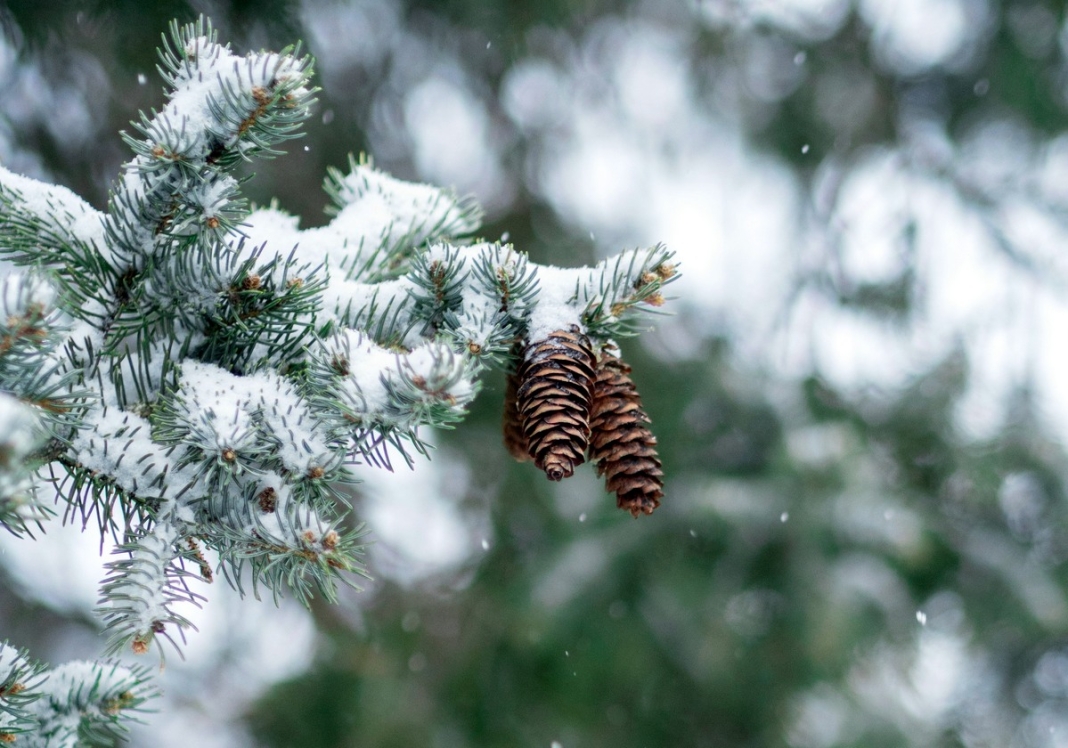MORGANTOWN, W.Va. — A West Virginia University researcher has found a way to locate, access, and destroy invasive plants more efficiently.
Yong-Lak Park, a professor of entomology, is researching the efficacy of dropping natural enemy insects on invasive plants using drone technology and artificial intelligence.
With a $200,000 grant from the U.S. Department of Agriculture’s Forest Service, Park will perfect what he calls the “bug bomb.”
“We use a drone to detect invasive plants in areas that are not easily accessible. When we find them, we can’t do much because nobody can get to the area,” he explained.
“Why not use the drone and insects that feed off those plants? That’s the idea behind the bug bomb.”
Invasive plants destroy native plants and affect the entire ecosystem. The ecological and economic impacts of their presence in many areas in West Virginia and elsewhere are unavoidable without a plan of attack.
Park’s plan will target mile-a-minute weed, found in 24 states, along with Japanese knotweed and purple loosestrife.
Park’s drone uses sensors and artificial intelligence to collect images and automatically detect invasive plants. Once the plants are seen, a 3D-printed biodegradable pod filled with insects is deployed.
For mile-a-minute weed, the bug bomb will contain 200 weevils — beetles that are just 1/16 of an inch and feed on this specific invasive plant.
To combat Japanese knotweed, which has infested large parts of West Virginia, bug bombs will contain its natural enemy insect — psyllids, and for the purple loosestrife, black-margined loosestrife beetles will be deployed.
“We cannot just release the insects and hope they’ll be able to find the invasive plant. We have to precisely deliver the insects to the plant so they can find it easily, eat and reproduce,” he said.
Although the process can be costly, it’s more effective than using herbicides for easily seen and accessed plants. Hard-to-reach invasive plants can’t be removed to prevent future spread, limiting the ability to make significant progress in eradicating them.
The cost of doing nothing is much higher, he says. Mile-a-minute weed, for example, spreads quickly and will overtop a tree, blocking sunlight and killing it. This affects the forest as well as land and timber value for landowners.
“The economic loss is significantly more than we imagine,” Park said. “If a landowner is in the area of mile-a-minute, the land value goes down because people know you have to spend money every year to manage it.
"And if the landowner plans to harvest that timber, what if mile-a-minute comes and covers it? That decades-long investment is gone. They can’t even plant the trees again because the seed is in the soil. What can they do?”
Park’s research will determine the number of insects needed in each bomb for an invasive plant, at what altitude a bomb should be deployed, and the necessary aftercare steps following deployment.
With a second grant of $200,000 from the USDA National Institute of Food and Agriculture, Park and Cynthia Huebner, a botanist and adjunct assistant professor, will perfect a “seed bomb,” an already-known step in aftercare.
“Once we release the natural enemy insects and they eat the invasive plant, the problem is that different invasive species will come to occupy that place again,” Park explained. “To prevent that, we’ll bomb the area with a natural seed to occupy the area so that invasive species cannot come in.”
As an entomologist, Park is concerned most about the forests and animal habitats. Because wildlife relies on native plants, if the invasive species take over, they lose food, which affects birds, insects, and pollinators, which, in turn, affects more native plants.
Park’s research sites cover six counties in West Virginia, including the area along the Ohio River with the worst mile-a-minute weed infestation. He also collaborates with professionals in Pennsylvania, Maryland, and Virginia state and national parks.
“This integrated pest management strategy using natural enemy insects and native seeds is an environmentally friendly approach to aggressive plants,” Park said.
“We currently don’t have a tool like this to use for invasive pest management. I think that’s the biggest breakthrough for this research project. The biggest success will be if the people use it. Maybe a company even picks this up and creates a small business.”
Story courtesy of Leah Smith, communications specialist with the WVU Davis College of Agriculture, Natural Resources and Design.
Sign up to receive a FREE copy of West Virginia Explorer Magazine in your email weekly. Sign me up!


